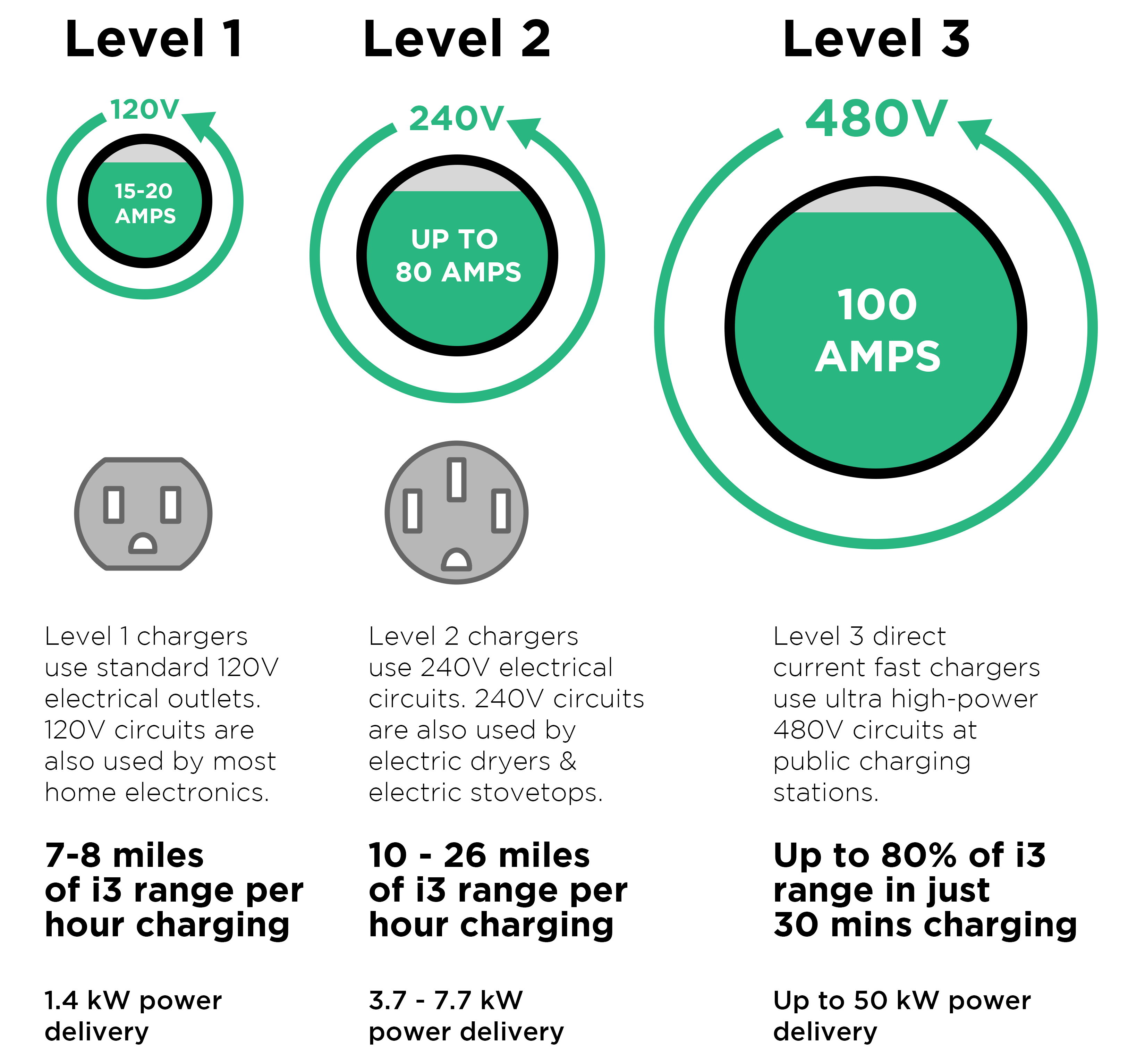

This is the area located immediately in front of the rack post. Small front panel LCD displays can be located anywhere along the front of the chassis, and are sometimes located in the mounting ear area. A cable assembly for a low-resolution front panel display will have several discrete wires, and possibly a couple of pairs of high-speed wires. The front panel will present status lights, small displays, and sometimes I/O, such as USB. The front panel is one area in servers where low-speed cable assemblies are needed. They can be routed along with low-speed lines. USB or Ethernet are sometimes run as access interfaces. A truly versatile connector system will allow for flex circuits, discrete wire, and high-speed impedance controlled wire. Flat cables can have difficulty with a two axis change, requiring multiple folds, where a bundle would accommodate a change more easily, simply by twisting. Sometimes cables need to make a change along two axes, up and to the left, for example. If assemblies are not flexible, they may require a large bend radius, and take up more space as a result. Click to see video showing I-PEX assemblies in servers. The ability to make tight radius turns reduces the volume consumed by the cable, even allowing corners of the chassis to be utilized. Routing cables along the edge, between memory and the chassis wall is a great use of space.

#WIRE LIBRARY SPEED SERIES#
Highly routable cable assemblies with tight bend radiusĬABLINE Series connectors accept multiple wire typesĬABLINE-CA IIF is for FPC assemblies, and mates to standard CABLINE-CA II receptaclesįlexibility is a benefit for internal cables, high-speed and low-speed, as is low profile. Smaller conductors allow higher density interconnect, reducing system space for routing and cable assembly terminations. Smaller gauge wire requirements enable higher density connectors as well as flex circuit options. Low-speed cables, and short run high speed cables have the benefit that they can use smaller wire gauges (with obvious exceptions for power, of course). With or without a standard, all cable assemblies need to minimize bulk size so that the server system is both easy to assemble and has unobstructed air flow. Server density is increasing, as is power consumption and heat output. Low-speed assemblies have few industry standards to define them, whereas high-speed signals have very active standards committees. Low-speed assemblies are still commonly used for power distribution, low-speed signals and auxiliary lines. High-speed cables are the main driver, as PCBs can no longer “go the distance.” But low-speed cable assemblies continue to be important. You can also combine ESP-IDF and Arduino if you still want to use Arduino APIs (except for Wire in your case).As data rates increase, servers are using more cable assemblies.
#WIRE LIBRARY SPEED DRIVER#
If the driver is still limiting you might want to try the ESP-IDF implementation of the I2C driver – start at and use code from the I2C example to get up and running. Give the I2C driver the biggest possible continuous buffer it can handle and if it writes it efficiently (only big setup functions at the beginning of a multi-byte tranmissions) it should increase performance significantly.
#WIRE LIBRARY SPEED PLUS#
BTW your chip supports 1000 kHz fast-mode plus at p.6 – default Wire frequency is 100kHZ.Īlso page 8 of the datasheet shows the "Writing to IS31F元741 (Automatic address increment) " which should be what you want and the way to go to overcome the driver-overhead. The Wire library seems to have some significant overhead in its drivers, looking at places like here and more importantly the I2C write functions and sub-calls like this, so 62 microseconds overhead between I2C transmissions doesn’t seem that absurd…Įven tClock(1000000) ( docs) won’t help much if the inter-write times are so big. I thought that this could be an issue that could be caused by task switching from FreeRTOS (I’m running this code on the Setup function) but lowering the freertos scheduler frequency didnt help. Is this an inherent problem with the Wire library? Should I use the original ESP I2C library? I’ve hooked up my scope and captured some screenshots to made it easier to show what’s happening: I2CWriteByte(addr, i2cAddrbuffer, i2cCMDbuffer) I2cAddrbuffer = IS31F元741addrmap Īnd then sending the data over to the I2C bus using the wire library: for(int i = 0 i I am filling 2 buffers with data uint8_t i2cAddrbuffer The issue that I am facing is that for some reason there is a big delay between consecutive I2C transfers (write only) that is causing very poor refresh rate. I’m interfacing an LED matrix using a matrix driver that communicates over I2C. I’ve been building a project using PlatformIO and the ESP32 on a custom board.


 0 kommentar(er)
0 kommentar(er)
